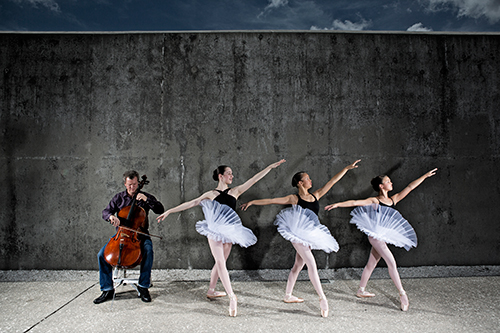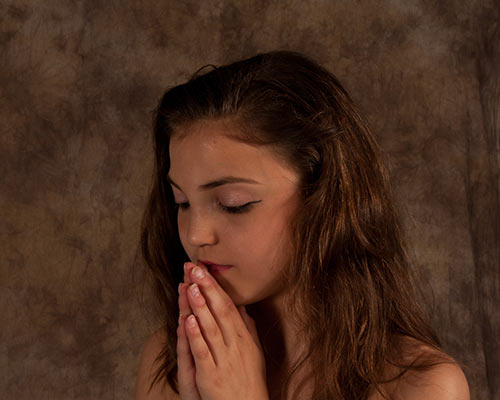Harkening back to traditions set by the trail blazers of dance, a “Renaissance” is afoot in the Charleston arts scene. Arts collaboration breeds fresh new ideas and brings new works to the forefront. As the co-founder and director of the Charleston Dance Institute (CDI), I am excited to share our involvement in the creation of a new ballet.
Wheels started turning at a meeting of the minds between CDI co-founder Stephen Gabriel, composer Laura Ball, and me. After endless cups of coffee, brainstorming sessions, and in-depth conversations on artistic philosophies and goals The Little Match Girl collaboration was born. Through this process I found out that not only did Laura and I have matching outlooks on art and music but that we were in very similar places in our professional careers—we both have a dual passion to create and educate. We are true contemporaries and that led to a synergy that was instant and second nature. Having a cohesive composer-choreographer bond does not often occur in one’s career and finding that as a choreographer is a real gift. Live performance art is a fleeting moment that can never be duplicated, so we agreed that having live accompaniment for this project was a must. Live music and dance is a time honored tradition but in these times a real treat. I can’t wait to hear the talented musicians of Chamber Music Charleston bring this score to life. It is just as invigorating for a musician to play a world premiere piece as it is for a dancer to dance the steps for the very first time. It will truly be a memorable experience for all. I am thrilled and honored to have The Little Match Girl be presented for the Gibbes Museum’s Art with a Twist series as our first of many new works to come.

I’ve been asked many times, “Why The Little Match Girl?” There are many holiday characters and tales out there, so why choose this particular story? I often don’t have the time to elaborate and the superficial answer becomes, “because I like it.” But of course the choice to me was much deeper than that, and I do my best to take the time to explain why. This story sweeps the spectrum of themes and emotions and that in turn provides so much fodder to the imagination and potential for creation. As a choreographer, I am always looking for that spark of something special for inspiration, but just as importantly as an arts educator, I look for projects that will enhance the growth and training of my pupils. The process of growing as a artist is multifaceted and collaborating on this story has been a perfect opportunity to expand the minds and talents of the young dancers at the Charleston Dance Institute.

As a choreographer, my role is to project my artistic vision through the dancers’ movements but I also have a duty to develop these dancers’ abilities. Relying on dancers’ strengths, while pushing boundaries within their minds and bodies, always produces the most tangible choreography. It becomes much more personal and seamlessly transcends to the audience members. Having a role created around you is a unique experience that even seasoned professionals long for, let alone an aspiring ballerina of 14 years of age. Sarah Massar, pictured above, has been cast in the title role of The Little Match Girl. When I asked what the experience of being the little match girl has meant to her, this is what she had to say:
“Taking on this role is a life changing experience because I have never gotten the leading role and never realized how much work it actually takes. I have a lot more responsibility and have to practice a lot more; not only on the choreography but on my expressions and how it connects to the movement. It’s hard and takes a lot of time and effort, but every minute is worth it because it’s turning me into the dancer I never thought I would be.”
These words motivate and inspire me to continue to create and educate. Sweat equity is a dancer’s life—actually, an artist’s life—and I can’t wait for all of the hard work by this incredible team of collaborators to be shared with our community.
—Jonathan Tabbert, co-founder/director of the Charleston Dance Institute, and guest blogger
The Gibbes Museum is pleased to present a special performance of The Little Match Girl with Laura Ball, the Charleston Dance Institute, and Chamber Music of Charleston, on Saturday, November 16 at 11am.
The performance will be held across the street from the museum at the Circular Congregational Church. Following the performance, the audience is invited to the museum for a meet and greet with the performers, and to see the exhibitions on view.
Purchase tickets online or call 843.722.2706 x21.
Published November 14, 2013

